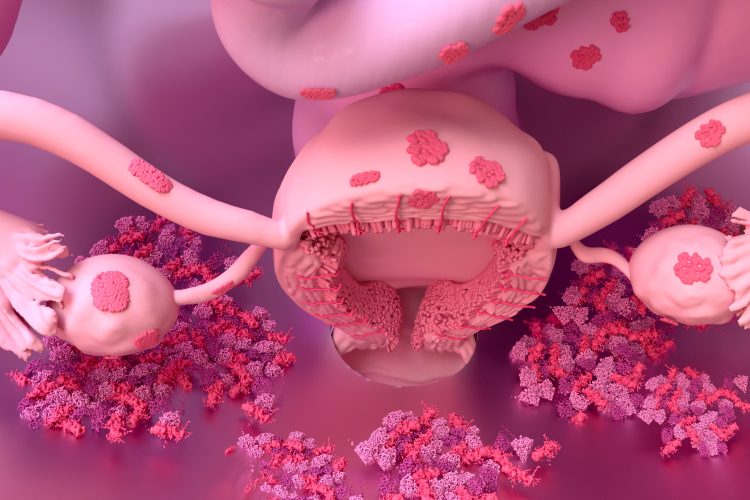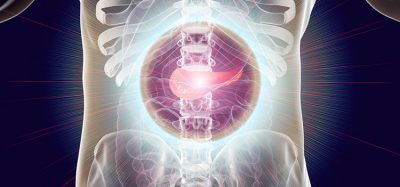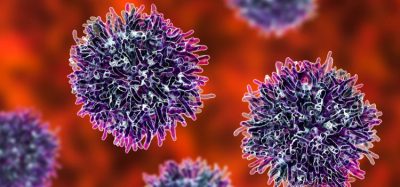Most comprehensive human endometrium map created
Posted: 10 September 2024 | Drug Target Review | No comments yet
The publicly available Human Endometrial Cell Atlas could progress the development of therapeutics for endometriosis.


Scientists at the Wellcome Sanger Institute and the Nuffield Department of Women’s and Reproductive Health at the University of Oxford have created the most comprehensive map of the human endometrium to date, as part of the wider Human Cell Atlas Project. It reveals diverse cell types and details the changes that happen to these during the menstrual cycle. In the future, this map could help develop therapeutics for prevalent conditions like endometriosis.
The team discovered two types of immune cells and two types of stromal cells potentially involved in endometriosis, by linking them to genetic variants known to increase the risk of the condition. Now, The Human Endometrial Cell Atlas (HECA) is publicly available.
Endometriosis
Globally, endometrial conditions impact millions of individuals, with endometriosis being the second most common gynaecological condition in the UK. Despite the endometrium being essential for human reproduction, highlighting the dire need for a deeper understanding, it has been very challenging to study as complex changes occur throughout the menstrual cycle.
In the new study, the researchers analysed 626,000 cells and nuclei from 121 individuals. This group included individuals with and without endometriosis and included those who had natural menstrual cycles or hormonal contraception cycles.
Multiple new cell types were discovered that are only present in particular phases of the menstrual cycle, depending on the hormone levels. As cellular response to hormone levels is crucial for menstrual cycle progression and fertility, these cells could be promising targets for conditions linked to hormone disruption, like fertility conditions.
Interactions involved in the scarless regeneration of the endometrium between macrophages, stromal cells and blood vessel cells were revealed, which will aid the understanding of how these pathways can be disrupted in common menstrual conditions and develop interventions.
Dr Magda Marečková, co-first author from the Nuffield Department of Women’s and Reproductive Health and the Wellcome Sanger Institute stated: “Developing a non-invasive diagnostic test and effective treatment for this debilitating condition has been a priority for clinicians, researchers and those with endometriosis worldwide. While further research and validation is needed, our study suggests that certain cells and pathways are dysregulated in endometriosis and if replicated in additional studies, they could be potential diagnostic and therapy targets in the future.”
Although there were no significant differences in the number of cell types between those with endometriosis and those without, there were small differences in the proportion and gene expression of some cells in those with endometriosis. The atlas provided a more detailed view, compared to findings from past studies, of specific cell types that may be dysregulated in endometriosis.
Genomic data
Furthermore, the team combined their map with a large genome-wide association study to examine the impact of genetic variants associated with endometriosis. Four cell types that are most likely dysregulated by these genetic changes were identified. As well as this, the team discovered certain signalling pathways, known to be required for menstrual cycle progression, between some stromal cells and structural cells were dysregulated in those with endometriosis.
Dr Luz Garcia-Alonso, co-first author from the Wellcome Sanger Institute, explained: “Further studies that gather additional health information, such as if the individual has a regular period or a previous pregnancy, as well as genomic data could help build the atlas and further investigate factors that might play a role in uterine health and the development of endometrial conditions.”
Co-senior author Professor Krina Zondervan, from the Nuffield Department of Women’s and Reproductive Health, concluded: “The human endometrium has been largely neglected in large-scale cellular studies of different parts of the body. Having a large single-cell human endometrial atlas, freely available, which will continue to be expanded, will enable important new research in the understanding and treatment of diseases specific to women and those born with a uterus, such as endometriosis.”
This study was published in Nature Genetics.
Related topics
Genomics, Therapeutics
Related conditions
endometriosis, infertility
Related organisations
Nuffield Department of Women’s and Reproductive Health, Wellcome Sanger Institute







